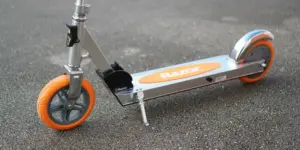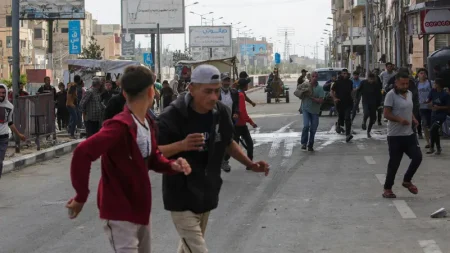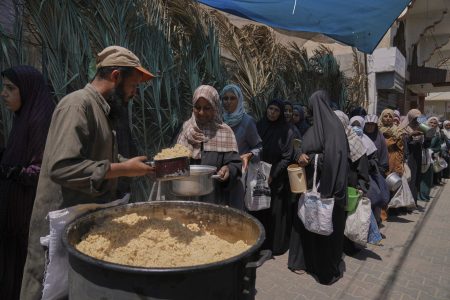Israel has started a new humanitarian operation to deliver aid trucks directly to civilians in the Gaza Strip, avoiding routes controlled by Hamas. According to reports from i24NEWS, more than 340 United Nations aid trucks have been sent on alternative paths to a humanitarian area in southern Gaza. This operation aims to reduce Gaza residents’ dependence on Hamas and improve the flow of aid.
The effort has already shown early success. Local markets in Gaza have seen a drop in flour prices, signaling better access to essential goods. Israeli officials hope that bypassing Hamas will weaken the group’s control over the population and help aid reach those in need more efficiently.
Traditionally, humanitarian aid enters Gaza through corridors controlled by Hamas. This new initiative directs aid trucks straight to civilians who come to designated humanitarian areas in southern Gaza. This direct approach is meant to ensure aid reaches the people without passing through Hamas authorities.
The Israeli military has coordinated this operation to provide relief to civilians while avoiding conflict. The improved aid access has positively affected the Gaza economy, with staple goods becoming more affordable in local markets.
Reports from Palestinian media recently noted unrest in some aid compounds in Gaza. Riots broke out in one southern compound, and security guards employed by American companies responsible for protecting the area withdrew. These incidents highlight the difficult security situation surrounding aid delivery in Gaza.
International humanitarian groups have cautiously welcomed efforts to increase aid access for civilians. Locals in southern Gaza who receive aid directly have expressed relief, saying that getting help without Hamas involvement feels safer.
The Gaza Strip continues to face a severe humanitarian crisis. Blockades, ongoing conflict, and political tensions have restricted access to food, water, and medical supplies. Hamas controls most border crossings and supply routes, often leading to claims that aid is withheld for political reasons.
Israel’s new method reflects a strategic effort to weaken Hamas’s control while addressing urgent humanitarian needs. The hope is that direct aid will improve conditions for civilians and reduce Hamas’s influence.
If this operation continues, it could reshape how humanitarian aid is delivered in Gaza by allowing more supplies to reach those in need without delay. However, it may also increase tensions within the region and complicate security efforts.
Experts note that lasting humanitarian access depends on cooperation among all parties involved. Aid works best when it is impartial and free from political interference. While bypassing Hamas may help in the short term, it also brings challenges that require careful management.
Israel’s recent transfer of over 340 aid trucks directly to Gazan civilians is a notable development in easing the humanitarian crisis and challenging Hamas’s hold on resources. Early results show positive effects like lower food prices and better aid access.
Ongoing security issues and political tensions underline the fragile nature of aid delivery in Gaza. Continued oversight and coordination with international partners are key to making sure humanitarian needs are met fairly and safely.















